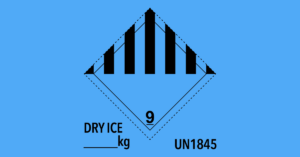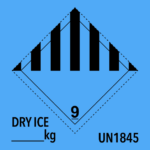Understanding Container Freight Stations: Purpose, Location, and Types
A survey conducted in 2017 found that there were approximately 17 million container units around the world! Of these, 5 million are in active service onboard ships.
The remaining 12 million units can be found in storage sites, depots, yards, docks, portside facilities etc. The global container total is set to grow to 20 million units by 2025.
With all these containers in circulation, where and how are they stored?
Ports only have a limited storage space in the form of container depots ad yards. At the same time, shipping companies cannot store all their containers at their in-house facilities due to space constraints.
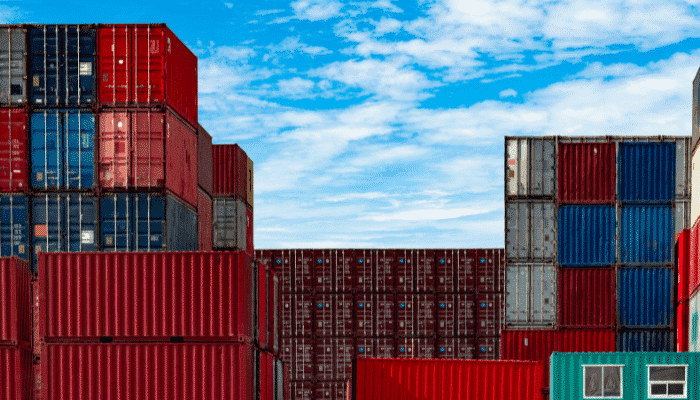
Moreover, if these containers are not stored in the right manner or place, they may not receive customs clearance and may require additional documentation.
Negligent storage of containers and their goods can lead to lawsuits and extensive damages. So, if there are only limited spaces at the port and the shipping line depots, where do the remaining containers go?
Another issue shipping companies may face is that the cargo to be loaded into a container may come from different sources. In such situations, consolidating all these different goods, stowing them correctly, and then preparing them for dispatch can be challenging.
The exact same problem exists at the destination port of a container as well. Separating the goods and then currently forwarding them to their respective owners poses a new set of problems.
The answer to these problems is container freight stations. They act as the intermediaries in the shipment of most containers around the world.
By forming a vital part of the global supply chain, they allow shipping companies and ports to efficiently store and ship containers.
In this article, we will take a look at what container freight stations are, their purpose, location, and types. We will also look at how it is different from other types of container holding sites, and what makes it special.
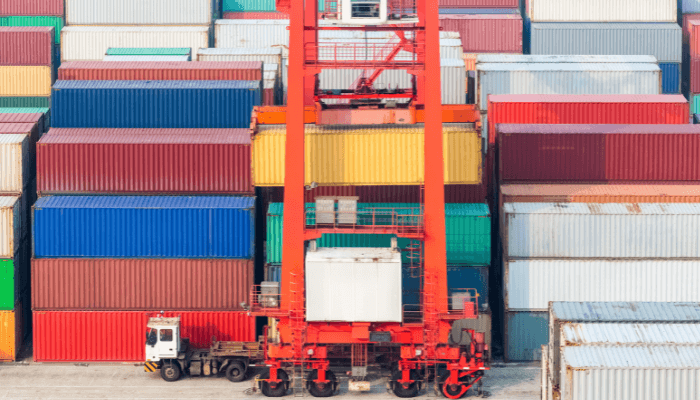
Introduction to Container Freight Stations (CFS)
A Container Freight Station (CFS) is a container storage facility that is used primarily for unit consolidation or deconsolidation. They house containers that are on their way to large shipment hubs, ports etc. They also handle the intermediate stage in the case of containers that are holding goods from numerous sources.
Container freight stations are located in vital regions around a port or other shipping facility. It works closely with the customs department to ensure that only legally cleared goods are allowed to enter or exit the country. At the same time, it funnels containers to and from ports for clearance.
Most container freight stations have their own division of the local customs authorities. This is known as a Station Customs House (SCH), is headed by the Station Customs Manager (SCM), and is staffed by Station Customs House Agents (SCHA).
Freight stations are owned either by a port or by a shipping line with local services. In the case of a port, the CFS merely services as an additional service.
It is an extension of the container depot and yard that are located within the port premises. In case the CFS is privately owned, it includes staffers from the shipping line who work alongside the customs personnel.
Some freight stations may even be designated as Bonded CFS Warehouses with benefits, duty exemptions, and deferred taxation.
When Are Freight Stations Used?
Freight stations are primarily used in the case of LCL container units. In this section, we will define an important shipping and logistics term- Less than Container Load (LCL).
LCL units are those containers that are only partially filled and are still awaiting loading or offloading of more goods.
To understand this, let us trace the journey of a container sailing from port A to B. Exporters may wish to send goods through a container, but do not have the necessary quantity to occupy the complete container.
In such cases, hiring and paying the cost of a full unit is unnecessary. So, they prefer to go with LCL containers. Prior to being shipped from port A, the container at the origin CFS awaits the arrival of all the goods scheduled to be loaded onto it.
Upon arrival, they are loaded into the container based on an internal layout. It is then shipped to port B, from where it is forwarded to the destination CFS. Here, the station holds the container until all the goods are distributed back to the correct clients.
We see that the container goes through a consolidation phase at the origin CFS, is shipped to its destination, and then goes through a deconsolidation phase at the next CFS.
These freight stations house the container during these transitionary stages. We see that throughout the journey of a container, the freight station plays an important role in the disbursement and collection of goods to be stored within an LCL container.
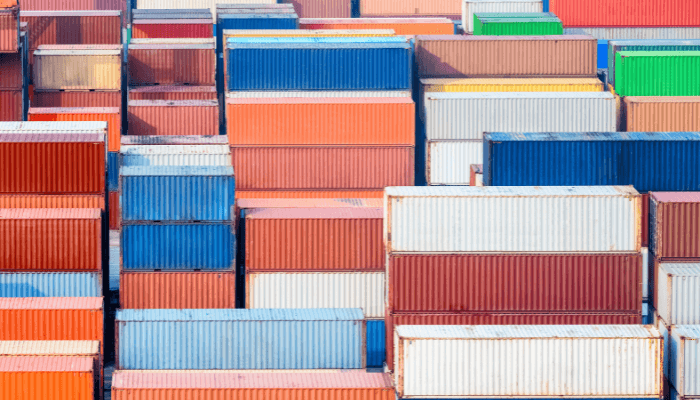
Where are Freight Stations Located
Freight stations are preferably located close to a transportation channel. In general, they are placed near a major shipment hub for ease of operations.
This includes seaports, airports, railway stations etc. From each station, goods can easily be forwarded to these hubs for shipment. Because of proximity, containers can be quickly brought for consolidation or deconsolidation.
However, the primary purpose of freight stations is to allow LCL units to be brought to a single location. In countries such as those in the European Union, seaports often import and export goods from all over the continent.
They can be brought from inland depots which may require consolidation. Also, freight stations are not only for shipping purposes. They can be forwarded to railway yards and road depots. Such transhipment containers are located near shipping hubs.
When companies and the government plan for CFS construction, the location plays an important role. The obvious choice is near important hubs.
From there, they identify important shipping routes and regions with the highest container traffic. An optimization study is undertaken to determine the ideal place for locating intermediate freight stations.
Other factors such as capacity, staffing, facilities, and means of transportation are decided later on. Thus, we can see that the location plays a very important role prior to building a freight station.
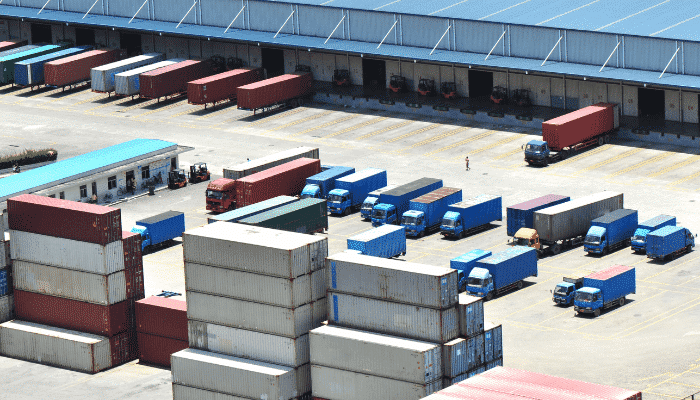
Bill of Lading and Freight Stations
There are different services provided to LCL units under the contract of a freight station. In general, each container has a Bill of Lading that specifies the manifesto of the unit and any other information pertinent to the customs authorities and shipping agents.
This Bill also mentions what type of service the container is liable to. The Bill uses several tags or markers to indicate this service so that port authorities are also aware.
For most LCL units, the Bill mentions a “CFS” tag that indicates it will either be forwarded to a CFS at the destination or received from a CFS at the port of origin. The details of the station are also provided so that the transfer is made only to the authorized personnel.
Other units may have a “CFS-P-P” or “CFS-PP” tag on their Bill. This indicates that Pier to Pier service is provided for the container.
Pier to pier service means that the container will be supervised throughout its journey, from port to port. At the port of origin, a designated individual will oversee the safe and proper loading of the unit onto the vessel.
At the destination port, another designated individual will receive and deal in the deconsolidation of the container. This is a comprehensive CFS service that assures safe handling of your container.
The other term commonly seen on this Bill is “CY” which indicates that the container will be only sent to the container yard at the port. The yard is a storage facility located within the port and does not handle forwarding.
It merely holds the container either until it is loaded onto a ship or a truck. It does not include the facilities and services offered by the CFS. It is port owned and usually within a short distance of the berths. To know more about container yards and depots, do check out this article.
Read more about container depots here.
The Bill of Lading has a section that contains information about what happens to the container both before it arrives at the port of origin and after it reaches the destination.
It is generally under the head “Type of Movement” indicating the forwarding information for the container. The format for such a section is-
TYPE OF MOVEMENT (MARKS) – X/Y
where X indicates the service at the origin & Y indicates service at the destination.
The combinations are as below-
1. CFS/CFS : The port’s yard receives the container from a CFS post-consolidation. At the destination, the container is transferred from the yard to another CFS for distribution;
2. CY/CFS : The container directly reaches the origin yard from a single consignee. At the destination, it is forwarded to a CFS. Here, only deconsolidation occurs;
3. CFS/CY : The container is received at the port of origin from a CFS. However, at the destination, it is transferred to a single consignee. Here, only consolidation occurs;
4. CY/CY : The container is transferred to and from a single consignee. There is no function of the CFS here, and this is generally not applicable for LCL units;
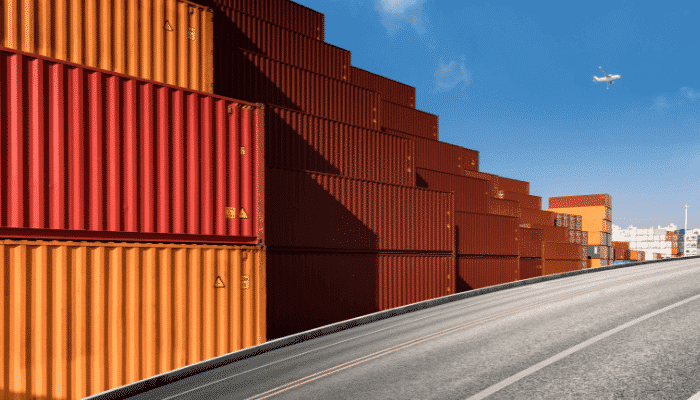
Services Provided by a Freight Station
In this section, we will understand the exact services rendered by the CFS. They are as follows:
1. Receiving and dispatching cargoes to and from a freight station. This includes cargo into and out of a CFS as well as movement between the CFS and yard in a port. The container may either be an empty shell (awaiting loading), partially loaded, full. In some cases, the CFS may even arrange for transhipment movements, such as between the station and a rail yard or trucking stand.
2. Preparing an internal layout plan for cargo loading within the container. This must be done to ensure that goods are stacked in order of weight, strength (fragile or not) etc. Sufficient space is provided for protective material.
3. Stuffing and packing containers with protective material. These are used to prevent shifting during a journey. They may also need to strip a container of all such materials at the end of a voyage.
4. Consolidation or distribution of goods within a container. This has already been discussed in detail.
5. Sealing, preparing the manifesto and coordinating with the customs office to ensure the container is ready for shipment. Some CFS facilities may even include a tracking operation, where a real-time GPS tracker is installed within units. This is generally for expensive and protected cargo.
6. Acting as a temporary holding site for transhipment and transit containers that are either delayed or awaiting clearance. These units are separated from the other containers that are kept for distribution and collection.
Import Vs Export Freight Stations
The CFS performs very different functions depending on whether it deals with an import or export container. While the overall service is as mentioned in the above sections, the procedure varies.
For import containers, the following steps are followed:
1. The goods are unloaded from a vessel and held at the container yard.
2. Customs officials verify the unit, following which it is forwarded to the CFS for stacking.
3. Prior to entering the CFS, the importer files for an Import General Manifest which is supplied from the port.
4. Once documents are verified at the CFS, the container seal is broken in the presence of customs agents, and it is de-stuffed.
5. The importer files a Bill of Import which mentions a list of items and goods in the container. Once it is verified, duty must be paid.
6. Finally, the customs issue an import pass that allows the goods to be removed from the CFS. With this step, the container has been deconsolidated.
For export containers, the following steps are followed:
1. The goods are received at the CFS from individual exporters.
2. Once documents and Bill of Shipping are verified; the cargo is allowed to enter the CFS.
3. They are sorted, labelled, and stacked within the CFS. They then wait for the arrival of the remaining cargo in the order.
4. Once all goods are verified and arrive, the container is stuffed. Then, an export manifest is prepared while goods are loaded into the container.
5. Once loading is complete; customs officials seal the container and provide the required documents to the shipping line.
6. The container is transferred to the ports container yard where it is received by a representative of the shipping line who supervises stacking and loading onto the ship. With this step, the container has been consolidated.
The primary difference in both export and import CFS procedures are the documents provided and verification steps undertaken by the customs house.
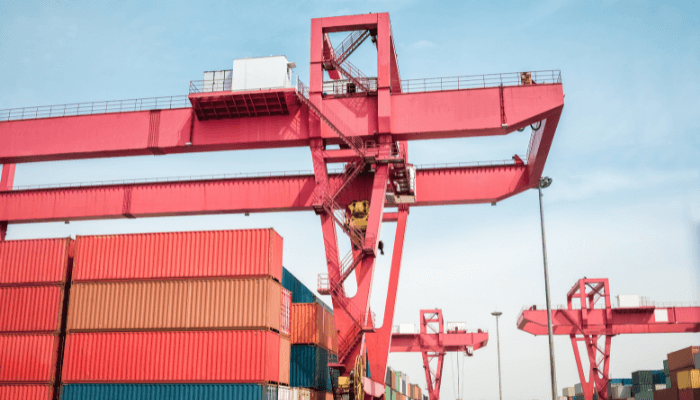
How is a Container Freight Station Different from Other Container Yards?
The other common types of container holding sites are- Container Yards (CY or depots), Inland Container Depots (ICDs), and Bonded Warehouses. They vary from a CFS and are often confused with each other. In this section, we will differentiate between these types of container holding sites and the CFS.
A Container Yard is located with the port premises. It belongs to the port authorities and is a consolidation yard at which containers are stacked. From there, they are moved to quayside sites where they are directly loaded onto the ship. Containers within the yard come under the responsibility of the shipping line. Unlike CFS, a CY only receives the container and does not facilitate any stuffing or packaging. It deals with Full Container Loads (FCLs) and NOT with Less than Container Loads (LCLs).
An Inland Container Depot is used as a transhipment or forwarding point for containers. As the name suggests, they are often located for inland to improve connectivity between ports and other regions of the country. They may offer services such as consolidation and distribution but are mainly holding sites for forwarding. The ICD differs from the CFS in terms of location. Another difference is that while an ICD can operate privately, the CFS falls under the jurisdiction of the customs office, irrespective of who owns it.
Lastly, a Bonded Warehouse is a storage facility that has already received customs house verification and clearance. The term “bonded” indicates that the containers are under a customs bond and that the warehouse is authorized to collect such containers. In these sites, duty is usually deferred for a fixed period.
Containers can be manipulated only when it does not amount to manufacturing. What this means is that the unit can be unsealed (under customs supervision), cleaned, and repacked only if it does not classify as significantly altering the cargo. Unlike these bonded warehouses where customs clearance is already provided, freight stations still require verification.
Note, if a freight station also stores bonded goods and containers, it is known as a bonded freight station.
You might also like to read:
- What is Importer of Record in Shipping?
- What is Tanktainer in Shipping?
- What is Ex-Works in Shipping?
- What Is Dangerous Goods Declaration in Shipping?
- What Are Stack Dates in Shipping?
- What are Dedicated Freight Corridors (DFC)?
Disclaimer: The authors’ views expressed in this article do not necessarily reflect the views of Marine Insight. Data and charts, if used, in the article have been sourced from available information and have not been authenticated by any statutory authority. The author and Marine Insight do not claim it to be accurate nor accept any responsibility for the same. The views constitute only the opinions and do not constitute any guidelines or recommendations on any course of action to be followed by the reader.
Do you have info to share with us ? Suggest a correction

About Author
Ajay Menon is a graduate of the Indian Institute of Technology, Kharagpur, with an integrated major in Ocean Engineering and Naval Architecture. Besides writing, he balances chess and works out tunes on his keyboard during his free time.
Latest Maritime law Articles You Would Like:
Latest News
- Why Dry Ice Is Used For Packaging
- What is the Purpose of DG Shipping?
- What are Logistics Risks?
- How Port and Terminal Operators Can Control Emissions?
- Minimum Quantity Commitment (MQC) and Liquidated Damages in Container Shipping: Concept and Relevance
- MARPOL (The International Convention for Prevention of Marine Pollution For Ships): The Ultimate Guide
Subscribe To Our Newsletters
By subscribing, you agree to our Privacy Policy and may receive occasional deal communications; you can unsubscribe anytime.



